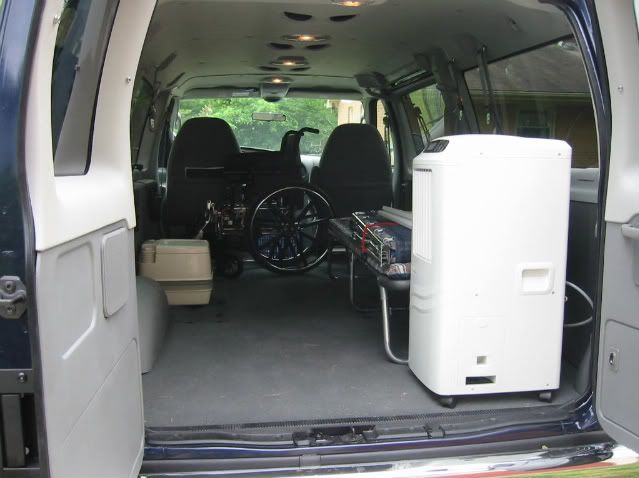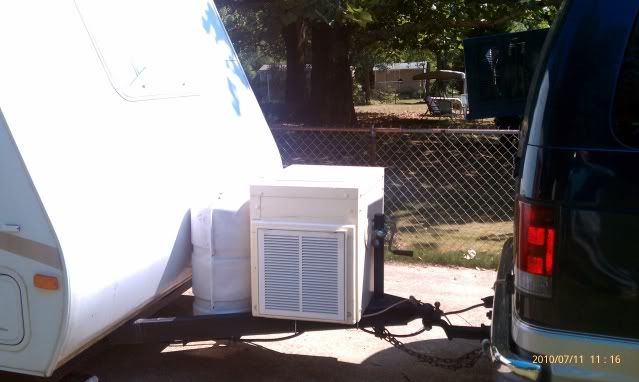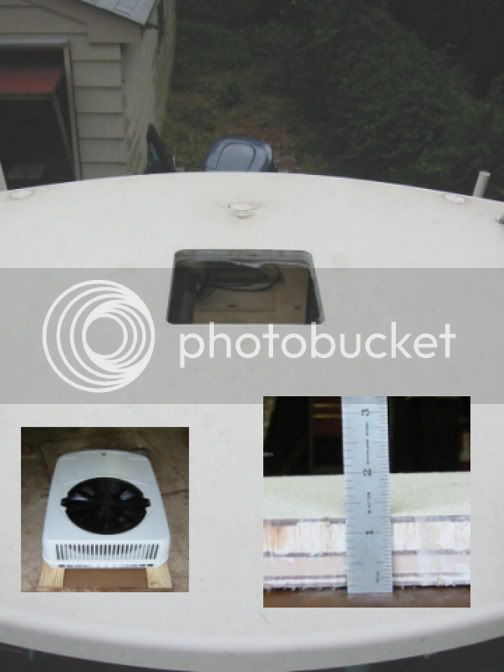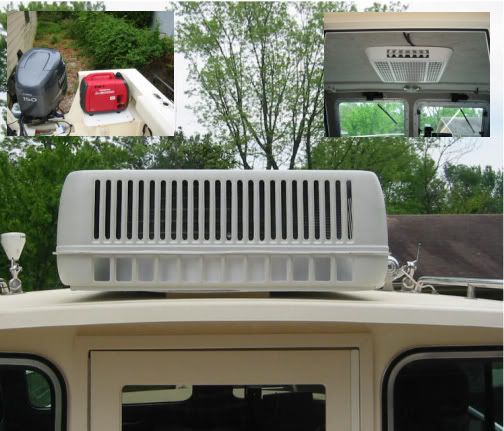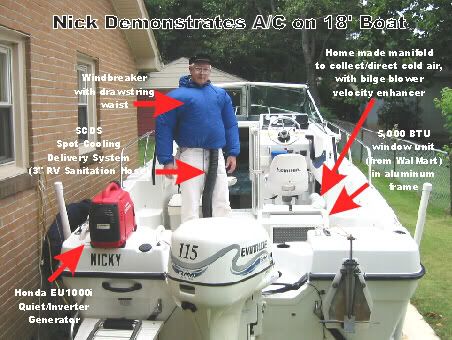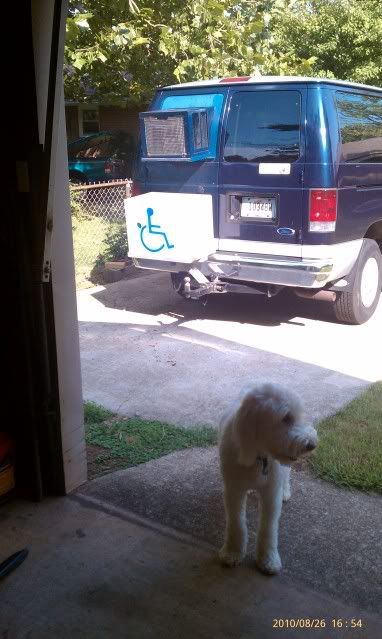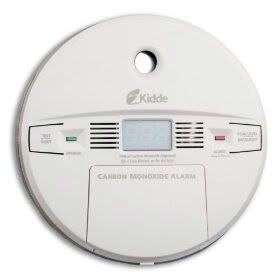greatcir
Well-known member
I have a Cobra 2500 modified sine wave inverter and a portable 8000 BTU 120V A/C (draws about 8 amps running & about double at start up) so hooked them up and the A/C would run sometime but the inverter alarm never shut up. The plain fan runs fine. Cobra said I need a full sine wave inverter and Edgestar A/C says they have no idea what it will take to run their unit off an inverter.
I see full sine wave inverters with prices and specs with huge variances. Just wondered if anyone is running some AC equipment with a pure sine wave inverter & which units work well?
I do not want a marine water cooled A/C as I go to any length to not winterize anything as I keep my boat on a lift year round. I also do not want a roof A/C. For the few hot days of summer thought I'd throw the portable A/C in the cabin (fits in there like a glove) and in the winter maybe a ceramic heater. I usually run out for only an hour or two and looks to me that the Yammie 150 4S puts out about 38 amps at WOT so should keep up with my AC load.
Thanks,
Pete K.
I see full sine wave inverters with prices and specs with huge variances. Just wondered if anyone is running some AC equipment with a pure sine wave inverter & which units work well?
I do not want a marine water cooled A/C as I go to any length to not winterize anything as I keep my boat on a lift year round. I also do not want a roof A/C. For the few hot days of summer thought I'd throw the portable A/C in the cabin (fits in there like a glove) and in the winter maybe a ceramic heater. I usually run out for only an hour or two and looks to me that the Yammie 150 4S puts out about 38 amps at WOT so should keep up with my AC load.
Thanks,
Pete K.





